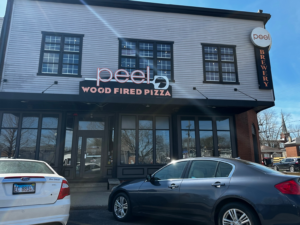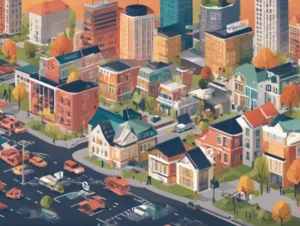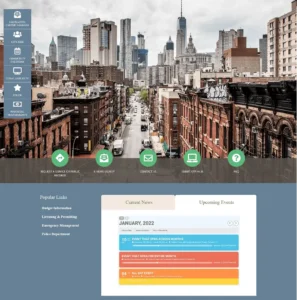[ad_1]
Southern Illinois has a rich but often forgotten history that begins in East St. Louis, a city located just across the Mississippi River from St. Louis, Missouri. East St. Louis was once a bustling industrial city that attracted African American migrants from the South in the early part of the 20th century. But decades of disinvestment and racial tensions have left the city struggling economically and socially.
Despite the challenges faced by East St. Louis, the region has undergone a significant transformation in recent years. O’Fallon, a suburb located just 25 miles east of St. Louis, has become a hub of economic activity and growth in the area. This transformation can be traced back to the early days of Southern Illinois’ history.
Prior to the arrival of European settlers, Southern Illinois was home to Native American tribes such as the Shawnee, who were known for their hunting and fishing skills. With the arrival of French traders in the 17th century, the region became a center of the fur trade and attracted settlers from other European countries.
In the mid-19th century, Southern Illinois became a vital transportation hub with the construction of the Illinois Central Railroad and the growth of river commerce. This led to the development of industries such as coal mining, timber production, and agriculture.
East St. Louis emerged as a major industrial city in the early 20th century, thanks in part to its strategic location on the Mississippi River and its proximity to St. Louis. The city’s population grew rapidly as African Americans migrated from the South to work in its factories and industries.
During the 1950s and 1960s, the city began to decline as industries moved out and racial tensions boiled over into riots and civil unrest. This decline continued through the 1970s and 1980s, as the city struggled to attract new businesses and investment.
Meanwhile, O’Fallon was experiencing significant growth as a suburban community. With its easy access to St. Louis and its growing economy, O’Fallon attracted new residents and businesses, especially in the healthcare and technology sectors.
Today, O’Fallon is one of the fastest-growing cities in Southern Illinois, with a thriving economy and a strong sense of community. The city is home to several major employers, including Scott Air Force Base, which has played a significant role in the city’s growth.
Despite the challenges faced by East St. Louis, the region as a whole is beginning to see signs of renewal. Several new developments are underway that promise to bring new investment and opportunities to the area, including the National Geospatial-Intelligence Agency’s new $1.7 billion campus in St. Louis.
As Southern Illinois continues to transform and evolve, it’s important to remember the region’s rich history and the role that its cities and communities have played in shaping its future. By working together and investing in its people and infrastructure, Southern Illinois can continue to thrive and grow for generations to come.
[ad_2]







